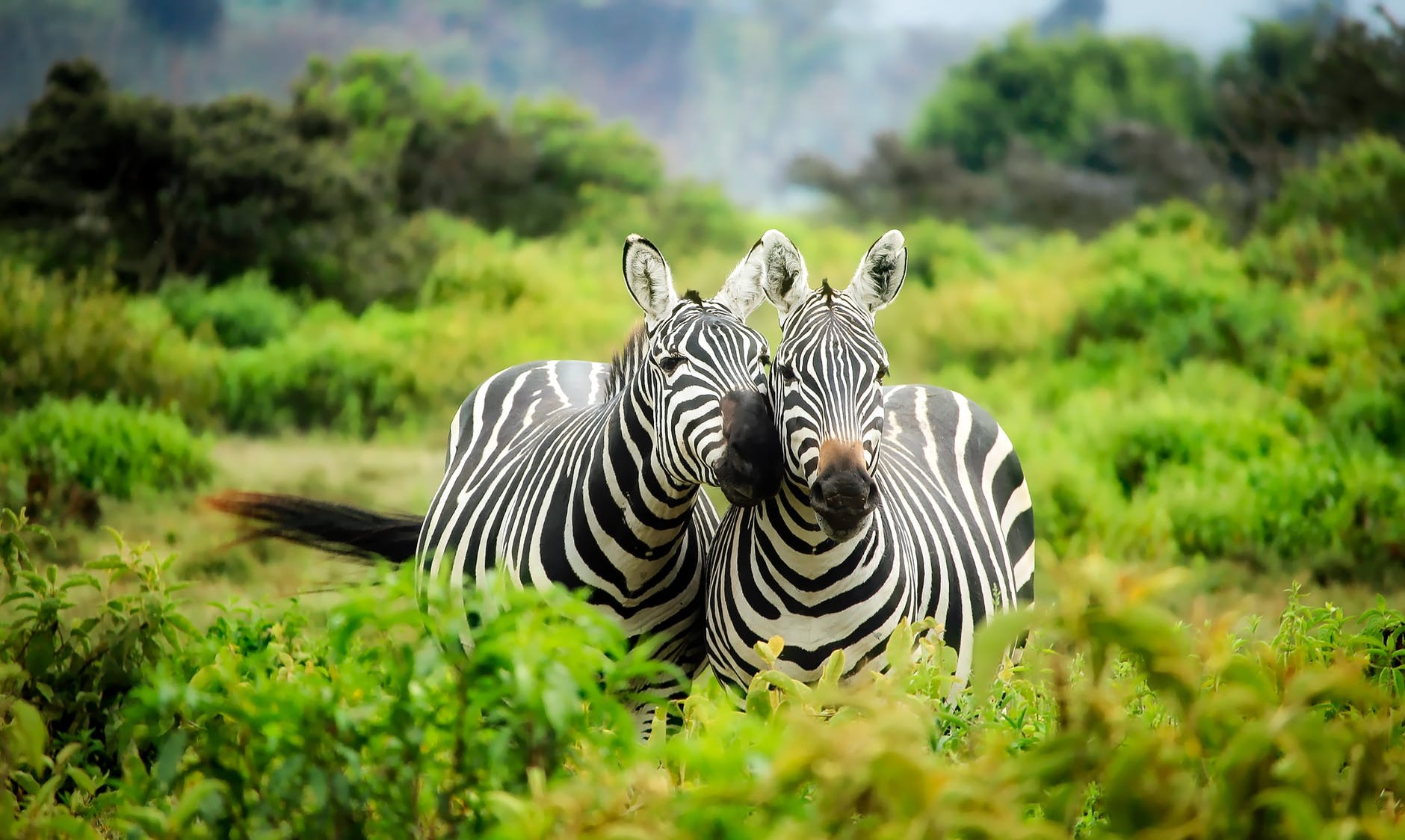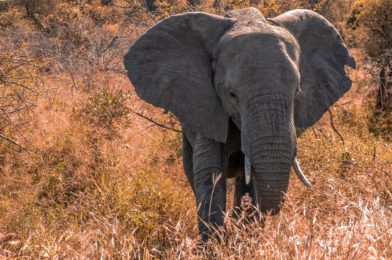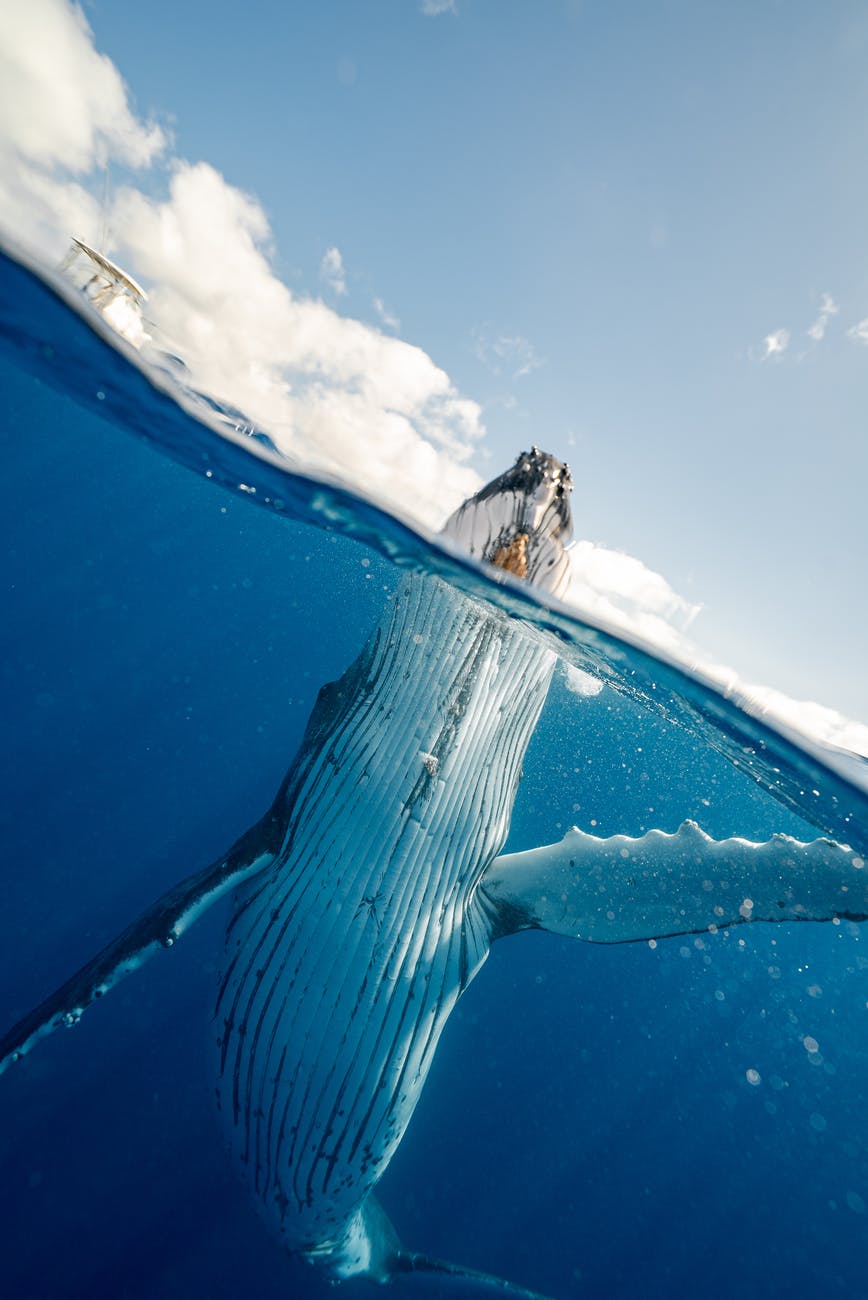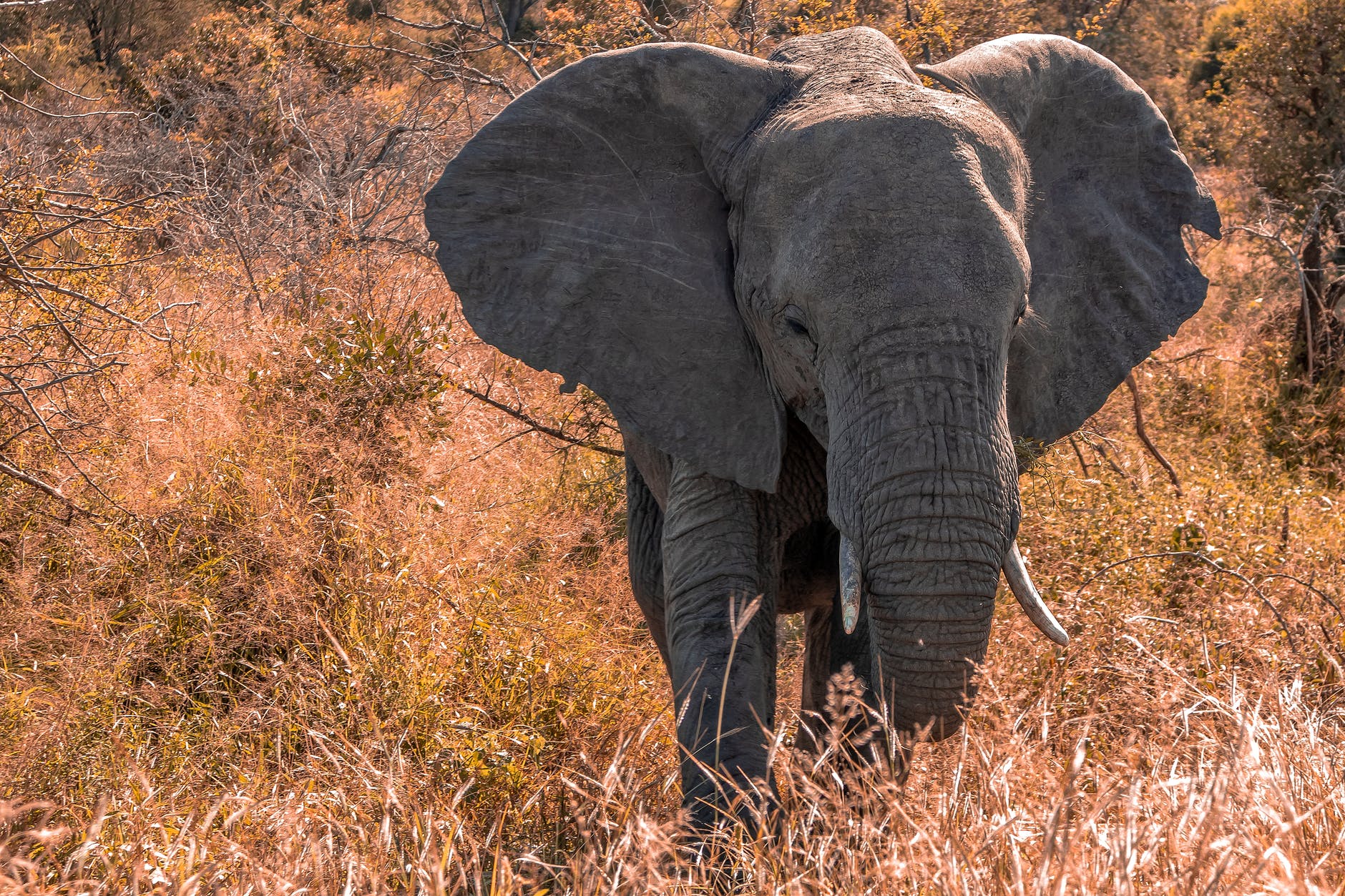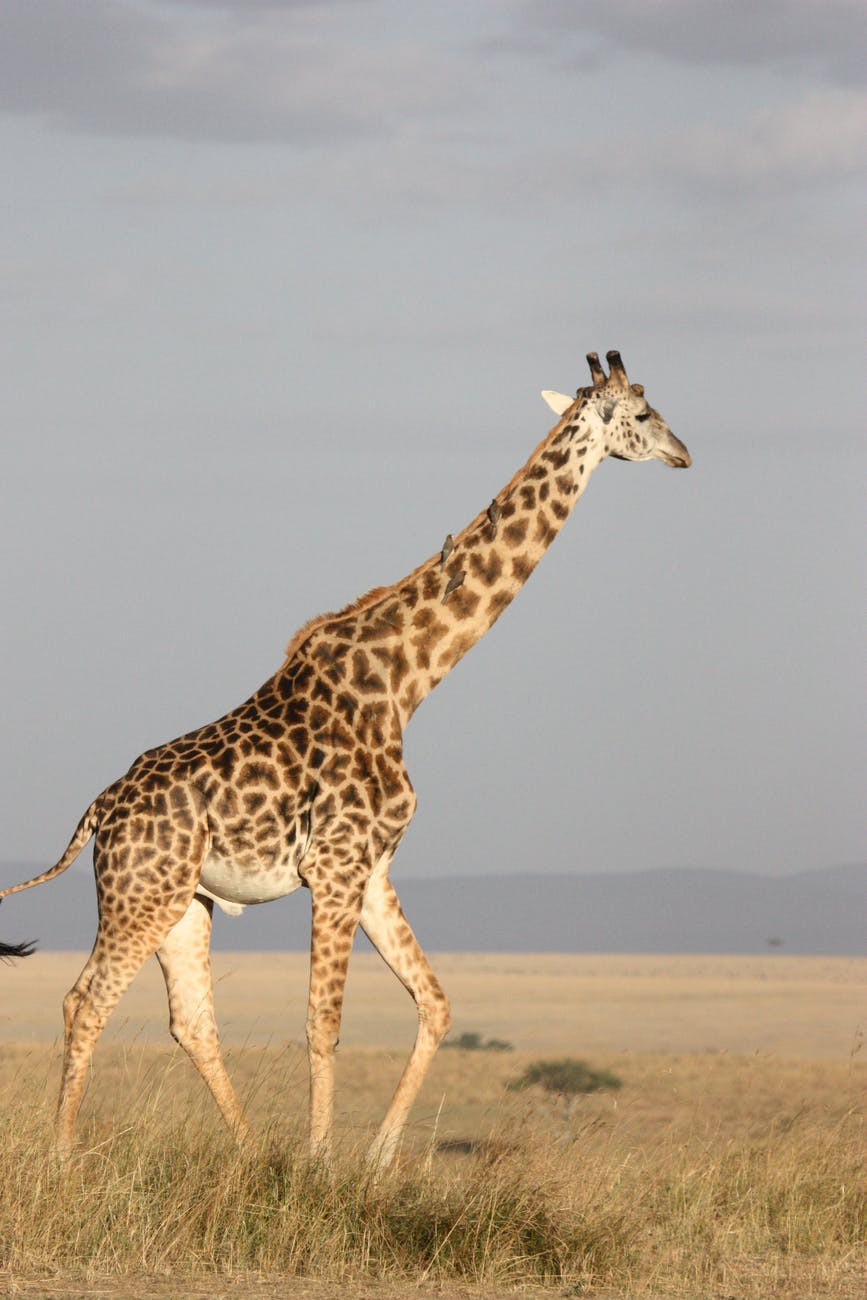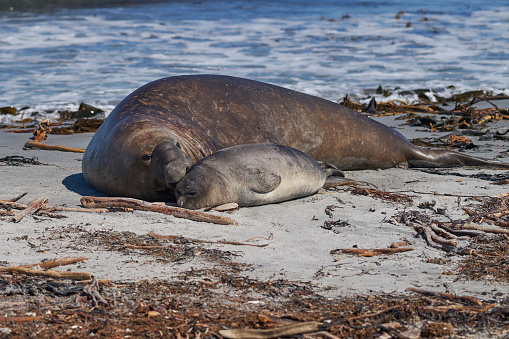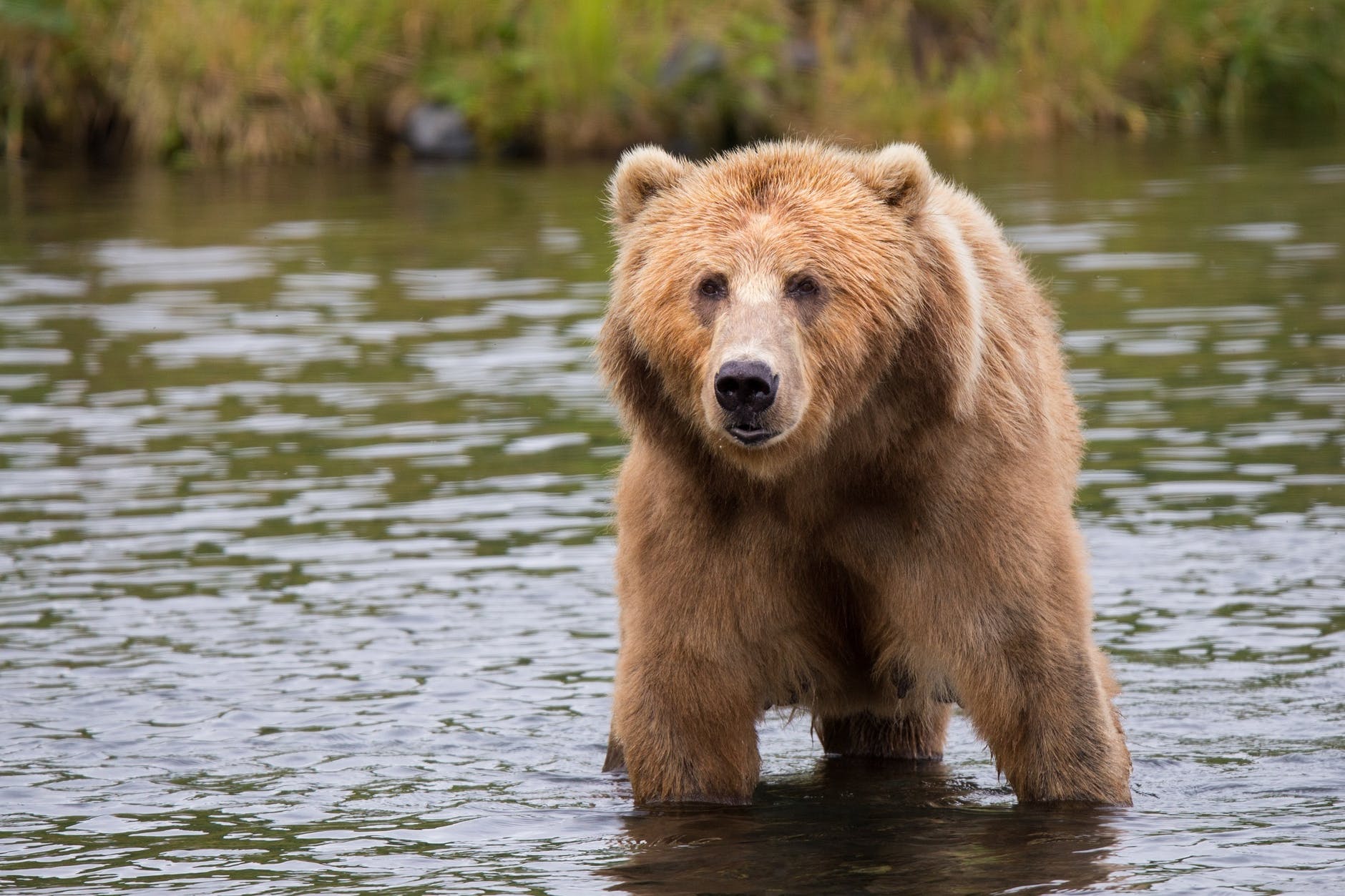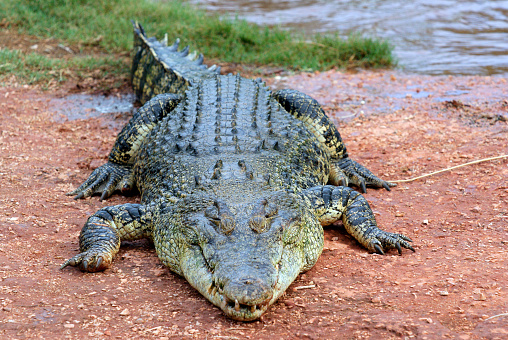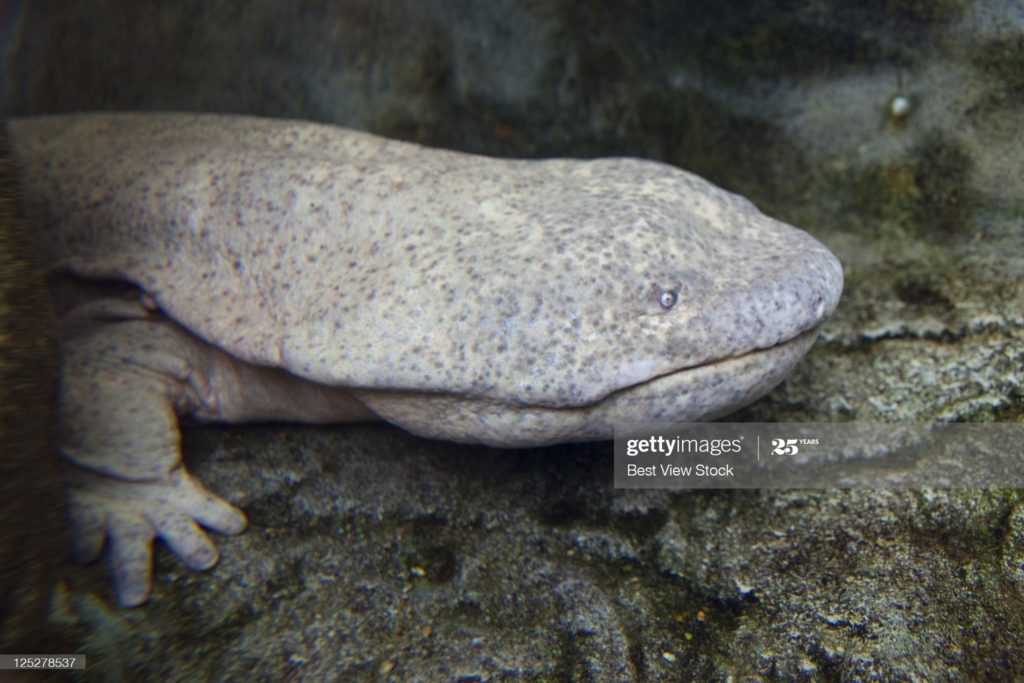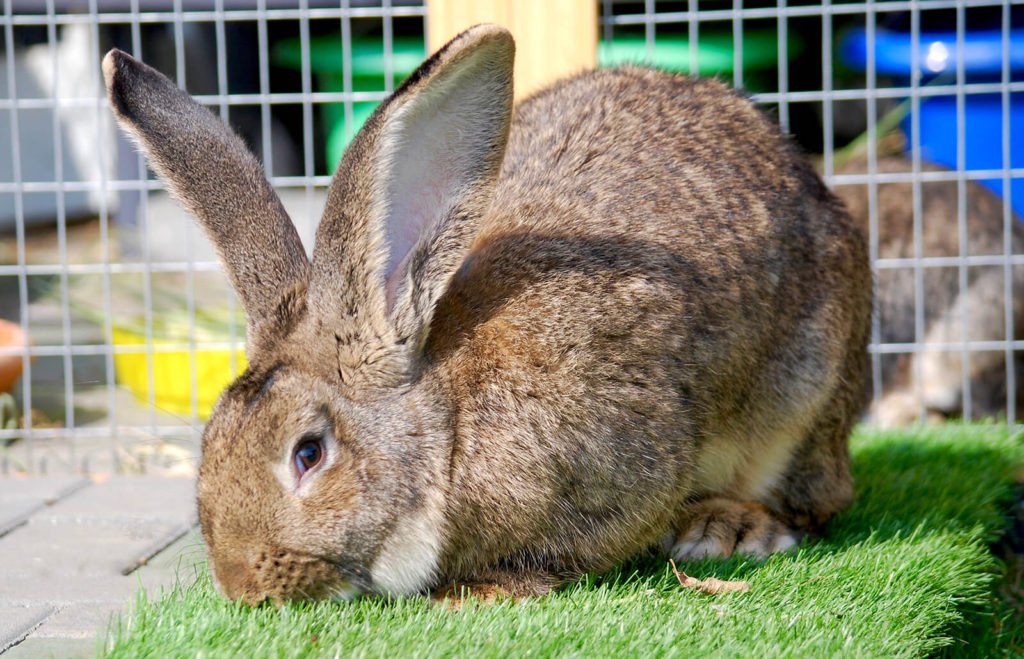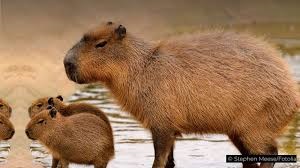National park, an area set aside by a national government for the preservation of the natural environment. A national park may be set aside for purposes of public recreation and enjoyment or because of its historical or scientific interest. In the national parks, visitors can see glaciers and ice caves, colorful rock formations, waterfalls, pristine lakes and underground rivers. Here is the list of the best national parks in the world in 2021.
1.Serengeti National Park, Tanzania
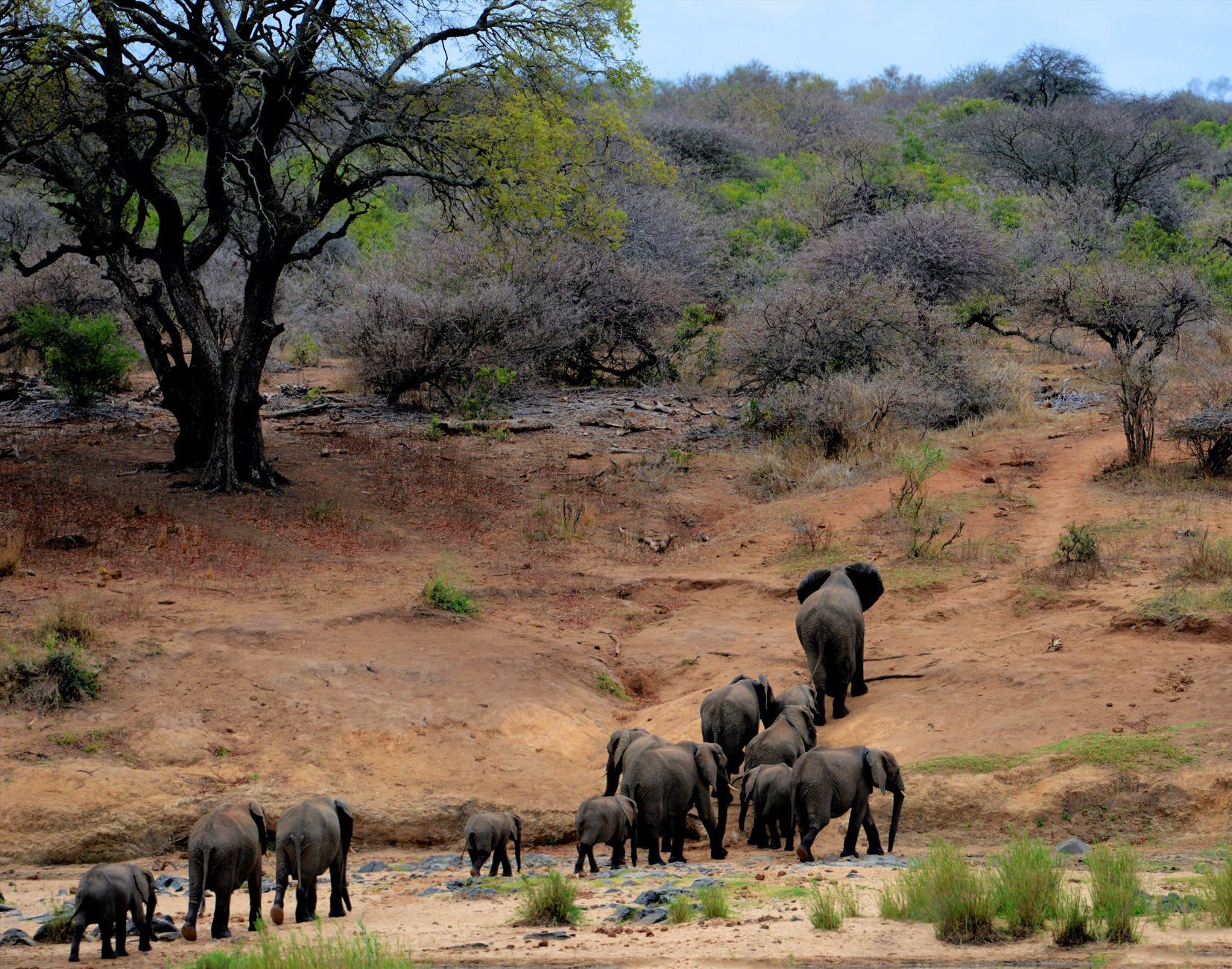
Serengeti National Park is a 5,700 square mile park located in Tanzania, Africa. It was created in 1921 to protect the lions in the region. It became Serengeti National Park in 1951. Serengeti National Park is comprised of three regions including the Serengeti plains, western corridor, and northern Serengeti. Serengeti National Park includes grasslands, woodlands, marshes, plains, and kopjes, which make up what is called a savannah. A savannah is made up of semi-arid land. It is famous for its massive annual migration of wildebeest and zebra. The annual migration of zebras and wildebeests draws millions of animals every year. The world is one-quarter savannah. Serengeti National Park has more than 500 bird species and 300 mammal species, including lions, cheetahs, elephants, rhinos, giraffe, impala and hippos. There are at least 100 types of dung beetles living in Serengeti National Park. The Maasai call the plains of Serengeti National Park “the place where the land moves on forever.”
2.Jim Corbett National Park, India
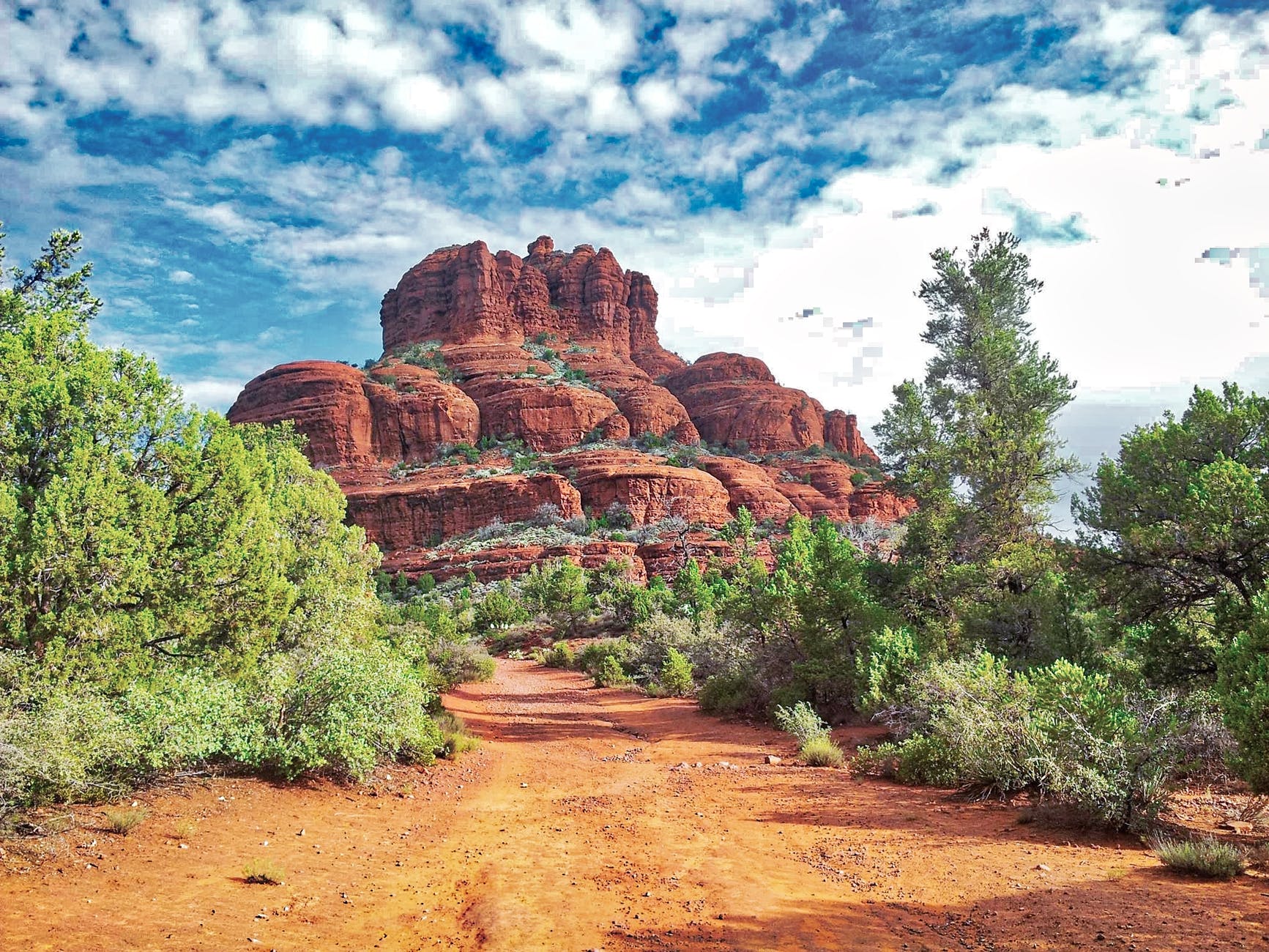
The oldest national park in India, Corbett, located in the Nainital district of Uttarakhand, was established to protect the endangered Bengal tiger. The Park is spread over 520.8 km2 which includes hill, marshy depressions, grasslands, one big lake, and 3 rivers. Jim Corbett National Park has 110 species of trees, some 50 species of mammals, 588 species of birds, and 25 reptile species. Wildlife lovers get chances to perceive and see the beautiful landscape of Corbett Tiger Reserve. Corbett is covered with lush green dense forest which includes sal, mango, peepal, Rohini, and haldu trees. There are 30 jeep safaris in the morning and evening time in the park. The British government was planning to establish it before 1900 after a long time this dream took place in real and the park was established in 1936 as Hailey National Park. After some years of establishing this park got named after Jim Corbett, who was a well-known hunter of men eater tigers and naturalist. Corbett has been the best destination for wildlife lovers but the Corbett administration allowed eco-tourism in only some and selected areas.
3.Maasai Mara National Reserve, Kenya
This reserve is connected to Serengeti National Park at the border between Kenya and Tanzania, and is also known for the wildebeest migration, seen here as they cross the Mara River. It was originally established in 1961 and covering an area of 1,510 square km (583 square miles). The Masai Mara National Reserve is a land of breathtaking vistas, abundant wildlife and endless plains. The quintessential Masai Mara safari delivers many attractions, as the reserve is home to an excellent year-round concentration of game, including the more than two million wildebeest, zebras and other antelopes that make up the famous Great Migration. Other wildlife to spot at the Maasai Mara National Reserve include cheetahs, lions, elephants, zebras and hippos. Leopards are frequently encountered, endangered black rhino hide in the dense thickets and large rafts of hippo and enormous crocodiles are found in the Mara River. The park is also home to over 450 bird species. It also hosts the Great Migration, which secured it as one of the Seven Natural Wonders of Africa, and as one of the ten Wonders of the World. Thousands of visitors come to the Mara every year to enjoy some of the most authentic safari experiences in Africa. Tradition continues to play a major role in the lives of modern day Maasai people, who are known for their tall stature, patterned shukas and beadwork. It is estimated that there are approximately half a million individuals that speak the Maa language and this number includes not only the Maasai but also Samburu and Camus people in Kenya.
4.Grand Teton National Park, Wyo.
Grand Teton National Park is a 310,000 acre park located in the state of Wyoming’s northwest region. In the early 1800s explorers met the Shoshone Natives in the area and settlements were built in the Jackson Hole area in the 1880s. In the last 1800s efforts began to protect the region but it wasn’t until 1929 that Grand Teton National Park was established. Grand Teton National Park is named after the mountain Grand Teton. Grand Teton is the Teton Range’s tallest mountain at 13,775 feet. Grand Teton was named after French trappers ‘the three teats’, derived from ‘les trois tetons’. The name ‘the three teats’ was shortened to Teton. Grand Teton is rich with wildlife, pristine lakes and alpine terrain, and has hundreds of miles of trails. It is great for hiking, biking, fishing boating and camping. Grand Teton National Park is only 10 miles south of another famous park – Yellowstone National Park. The fastest land mammal in the western hemisphere can be found living in Grant Teton National Park. It is the pronghorn, and can run as fast as 70 miles per hour. It is home to a variety of wildlife including more than 300 bird species, 16 fish species, 6 amphibian species, 4 reptile species, 6 bat species, 3 rabbit species, 6 hoofed-mammal species, 17 carnivore species, and 22 rodent species. Mammals found here include black bears, Grizzly bears, gray wolves, coyotes, river otters, cougars, martens, elk, bison, and moose.
5.Kruger National Park, South Africa
In 1926 it became the first official national park in South Africa. Kruger National Park is named after Paul Kruger, the president of Transvaal in 1884, who saw a need to protect the region’s animal population from over-hunting. Kruger National Park is a 7,523 square mile game reserve located in northeast South Africa. The South African Republic government began to protect this region in 1898. One of Africa’s largest game reserves, Kruger’s high density of wild animals includes rhinos, lions, leopards, elephants and buffalos, making it a popular safari destination. Kruger is home to 517 bird species, 100 reptile species, nearly 150 types of mammals, multiple archaeological sites. The Big Six Birds at Kruger National Park include the ground hornbill, kori bustard, saddle-billed stork, martial eagle, Pel’s fishing owl, and the lappet-faced vulture. There are more than 27,000 African buffalo, 12,000 elephants, and over 1000 leopards living in Kruger National Park. Vegetation in Kruger National Park includes a variety of trees, bushes, grazing grasses, and shrubs. Today Kruger National Park is one of the largest reserves in Africa. Natural boundaries to Kruger National Park include the Limpopo River and Crocodile River.
6.Arenal Volcano National Park, Costa Rica
The 29,692-acre (12,016-ha) Arenal Volcano National Park is located within the larger 504,094-acre (204,000-ha) Arenal Conservation Area, which protects some 16 reserves between the Tilaran and Guanacaste mountain ranges. Arenal is of the world’s most active volcanoes. This national park has two volcanoes – the 5,357-foot (1,633-meter) Arenal Volcano and the 3,740-foot (1,140-meter) Chato Volcano. The Arenal Volcano National Park is popular with birds, as most of the 850 species identified in Costa Rica. The park also has a strong showing of plant life, including orchids, heliconias, ferns, laurel, cirri, guayabo de monte, palms, bromeliads, and strangler figs. The Arenal Volcano is a symmetrical cone-shaped volcano that dominates the fertile landscape of Arenal Volcano National Park. Until recently, it was the country’s most active volcano with an average of 41 eruptions per day. Although the Arenal Volcano is currently in a resting phase, the region offers an abundance of exciting adventures. While you cannot hike up the volcano itself, we recommend hiking through Arenal Volcano National Park with a bilingual naturalist guide in search of old lava flow and wildlife. Slight changes in altitude create unique micro-climates and ecosystems through this region, making it home to a variety of exotic species.
7.Grand Canyon National Park, Ariz.
The Grand Canyon is one of the seven Natural Wonders of the World. The Grand Canyon is in the United States of America. Millions of years ago, instead of a deep canyon, this area was a giant flat slab of layered rock that we call the Colorado Plateau. Rain and melted snow forming the Colorado River have flowed over this plateau for millions of years, cutting into the rock surface and forming the Grand Canyon. Today there are 1, 500 different plants, 355 different birds, 89 different mammals, 47 different reptiles, 9 different amphibian and 17 different types of fish that live in and around the canyon. Animals that live in the Grand Canyon include Coyotes, Squirrels, Raccoons, Bobcats, Mountain Lions, Bald Eagles, Chuckwalla Lizards and the Diamond Back Rattler snake. The first people living in the Canyon were the Paleo-Indian (ancient Native American peoples) 12, 000 years ago. Some are found nowhere else in the world. Being desert country it doesn’t rain a lot. Few plants can live there to keep the soil and rocks in place. When it rains and the snow melts, the water washes away more rocks and soil, making the canyon deeper. As we go down into the Canyon the rocks get older. The bottom rocks are the oldest 1. 84 billion years old (1 864 000 000 years old). The rocks at the top of the plateau are the youngest at 270 million years old (270 000 000 years).
8.Zion National Park, Utah
Zion National Park is located within the state of Utah in southwestern United States. It covers an area of 147,551 acres. In 1909 the park was established. The highest elevation in the park is at Kolob Canyon at 8,726 feet and the lowest is 3,666 feet, at Coal Pits Wash. There are 289 bird species, 8 fish species and 32 species of reptiles and amphibians in Zion NP. The California Condor, a bird considered one of the most endangered species, can be found in the park. There are four life zones in the park including: desert, Coniferous forest, woodland and riparian. There are abandoned cliff houses and rock art in the park that were left behind by the Anasazi people 800 to 1,500 years ago. The Virgin River area was settled in 1847, by Mormon farmers of European descent. This park in southwestern Utah is famous for its steep red cliffs, the Virgin River, emerald pools, and Zion Narrows, where hikers wade the river. The park is great for camping, backpacking, biking and rock climbing. In the desert regions of Zion National Park plants such as sagebrush, rabbitbrush, Indian paintbrush, and prickly pear cactus are commonly found.
9.Torres del Paine National Park, Chile
Torres del Paine National Park is a national park encompassing mountains, glaciers, lakes, and rivers in southern Chilean Patagonia. It features a diverse array of sparkling ice fields, blue-green lagoons, golden pampa grasslands, and quiet river villages. Sail on Lake Grey or hike toward the horn-shaped peaks of the Mirador Cuernos. The Cordillera del Paine is the centerpiece of the park. It lies in a transition area between the Magellanic subpolar forests and the Patagonian Steppes. The park borders Bernardo O’Higgins National Park to the west and the Los Glaciares National Park to the north in Argentine territory. In 2013, it measured approximately 181,414 hectares. It is one of the largest and most visited parks in Chile. The park averages around 252,000 visitors a year, of which 54% are foreign tourists, who come from many countries all over the world. They extend up to 2,500 metres (8,200 ft) above sea level, and are joined by the Cuernos del Paine. The area also boasts valleys, rivers such as the Paine, lakes, and glaciers. The well-known lakes include Grey, Pehoé, Nordenskiöld, and Sarmiento.
10.Fiordland National Park, New Zealand
Fiordland National Park is a more than 8000 square mile park located on New Zealand’s South Island. The park is made up of mountains, waterfalls, lakes, rainforests, and fiords, which are believed to have been created over the past 100,000 years. A fiord is valley that was carved into a U-shape by a glacier and flooded with water. Milford Sound is the star of glacier-carved Fiordland National Park, providing an emerald green and waterfall-rich backdrop for hiking, biking and kayaking. Because of the preservation of the area there are many plants and animals that are found only in Fiordland National Park. The only flightless parrot in the world lives in Fiordland National Park. It is called the kakapo. The only alpine parrot in the world also lives in the park. It’s called a kea. The kiwi can also be found in the park. In 1986 Fiordland National Park was declared a World Heritage Area, and in 1990 the park became part of the Te Wahipounamu World Heritage Site, which includes 4 national parks in total. There was a brief gold rush in the 1890s but no permanent mines were established. There are 14 fiords in Fiordland National Park, which are referred to as sounds or inlets. These include Preservation Inlet, Chalky Inlet, Dusky Sound, Breaksea Sound, Dagg Sound, Doubtful Sound, Thompson Sound, Nancy Sound, Charles Sound, Caswell Sound, George Sound, Bligh Sound, Sutherland Sound, and Milford Sound.

